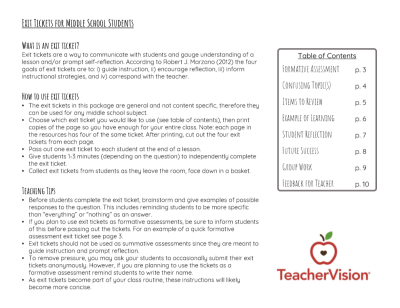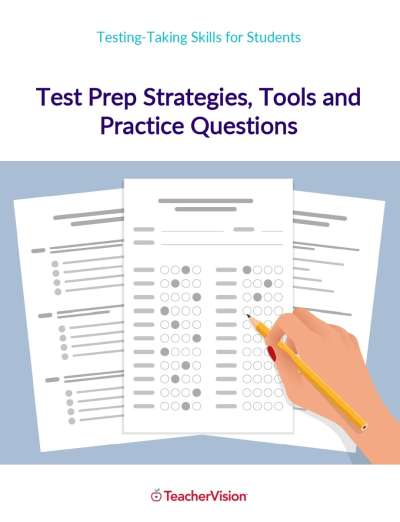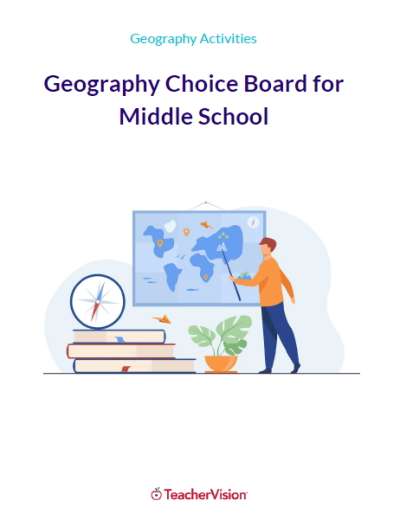 |
|
Fluency and Study Skills (Gr. 4-6)Supplement your upper elementary reading and language arts lessons on fluency and study skills with these activities for use with Mad Libs® books. |
| Marks that Make a Difference Mention that a fluent reader pays attention to punctuation marks. Then invite volunteers to read sentences from Mad Libs® selections to model how the voice falls at the end of a statement, rises at the end of a question, and expresses surprise or amazement when reading an exclamation. Group students and have each make punctuation cards. Then as students take turns reading sentences aloud, have the others in the group hold up a card signaling the punctuation they thought they heard. |
| Walk in the Character's Shoes Explain that another important aspect of fluency is reading as the characters might speak. Pair students or have them work in groups. Ask them to choose several completed Mad Libs® selections that are written as dialogue. Have students read through the selections and talk about what each character is like. As part of this characterization, have them practice talking like the character. Then have students read aloud the dialogue as a Reader's Theatre. After rehearsing, invite them to perform it for others. |
| Let's Look It Up Discuss what types of information a dictionary can provide. Then have each student browse through a Mad Libs® story and choose at least three challenging words. Have them exchange words with a partner to look up in a dictionary. Have the partner find the meaning(s) of each word, its part(s) of speech, and write sentences to illustrate the meaning(s). |
| Where in the World Is Timbuktu? Point out that atlases are good sources for geographical place names to use in Mad Libs®. Encourage students to use an atlas for this purpose when completing a Mad Libs® story. Then have partners exchange completed selections and locate the places mentioned on maps found in an atlas. Point out that students can use the atlas index if they need help. |
More Mad Libs®Teacher Guide's





